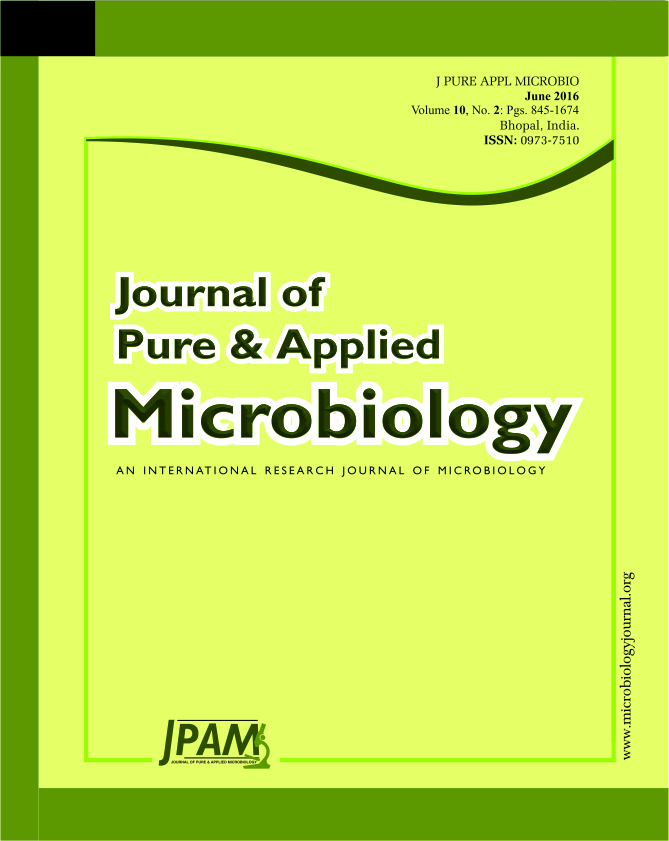A total 60 bacterial strains from the rice rhizosphere plants grown under submerged conditions were isolated following serial dilution method. Pseudomonas fluorescens (RPf1) and Bacillus subtilis (RBs1) were used as reference culture were tested for their biocontrol activity against the devastating M. oryzae by in vitro and in vivo. Among these isolates eleven paddy rhizospheric isolates effectively inhibited the mycelial growth of M. oryzae. The isolates were identified and characterized based on morphological, biochemical and 16S rRNA gene sequencing. The presence of the antimicrobial peptide (AMP) biosynthetic genes were examined in 11 isolates and dominance of these particular genes in Bacillus strains associated with plants reinforces the competitive role of surfactin, bacyllomicin, and bacilysin in the fitness of strains in natural environments. The identification of the bacterial strains was done for isolates that showed high inhibition against M. oryzae. The results of in-vitro and in vivo revealed that the maximum percent inhibition and percent disease index, respectively against M. oryzae was observed in Bacillus amyloliquefaciens compared to control. From these studies, it was observed that the diversity of bacterial population in ecological niches of plant and their ability to suppress the blast of rice.
Antimicrobial, Biocontrol agents, Germination, Rhizosphere and Surfactin.
© The Author(s) 2016. Open Access. This article is distributed under the terms of the Creative Commons Attribution 4.0 International License which permits unrestricted use, sharing, distribution, and reproduction in any medium, provided you give appropriate credit to the original author(s) and the source, provide a link to the Creative Commons license, and indicate if changes were made.


